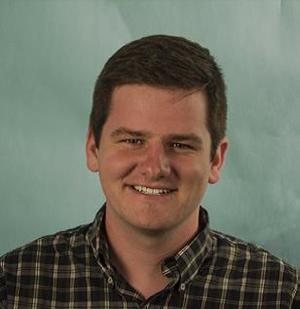 "
"
One of my first nights on campus as a freshman, I remember seeing Manti Te’o getting late-night Recker’s. Looking back it sounds absurd, but my new friends and I were ecstatic to see him after watching him on TV the year before. We asked him for a photo — in an overeager, embarrassing way, I’m sure — that I still have buried on my phone somewhere.
I’m sharing this story not to demonstrate the extent of my awkwardness — trust me this story is just the tip of the iceberg — but to look more closely at the way I was treating a fellow student.
Sometimes it can be difficult to grasp that the players we watch in the stadium and on TV are actually Notre Dame students. They seem in some ways so much larger than the average student, a much more visible representation of us all. Through no fault of their own, they can transition from student-athlete to student-athlete-celebrity.
When I was a freshman, Te’o was a celebrity to me. I had conversations with my dad about how he was playing and read articles about his leadership in Sports Illustrated.
I had to realize that each student we cheer for, hope for and in some cases, criticize, is a person and a peer first. The admiration and expectations I have as a fan may look more like pressure and demands from the opposite angle.
At Scholastic we hope to cover sports in a way that recognizes the peer nature of student-athletes. Our cover story this issue examines the way teammates, the media and the community have reacted to the return of two high-profile student athletes who were suspended for academic issues.
It is important to look at sports at Notre Dame, not just as a source of pride, but also as a barometer for the quality of our community. We want to know what our relationship to sports and to student-athletes says about us.
Of course, there are no easy answers to these questions, but the recognition that there are no clear answers allows us to see things from different perspectives.
The photo of my friends and I with Manti on my phone is a reminder to me of the mental distance between him and me at that time. Though we were both Notre Dame students, I placed him on a pedestal. Other students feel the opposite way and place themselves on pedestals above student-athletes.
I’m reminded that I will never know what it’s like to be a high-profile student athlete, just like I will never know what it’s like to be an engineer or to be from Chicago.
Making the effort to understand, however, is a process we can all take part in.
It begins with bridging the mental distance and throwing away the pedestals.